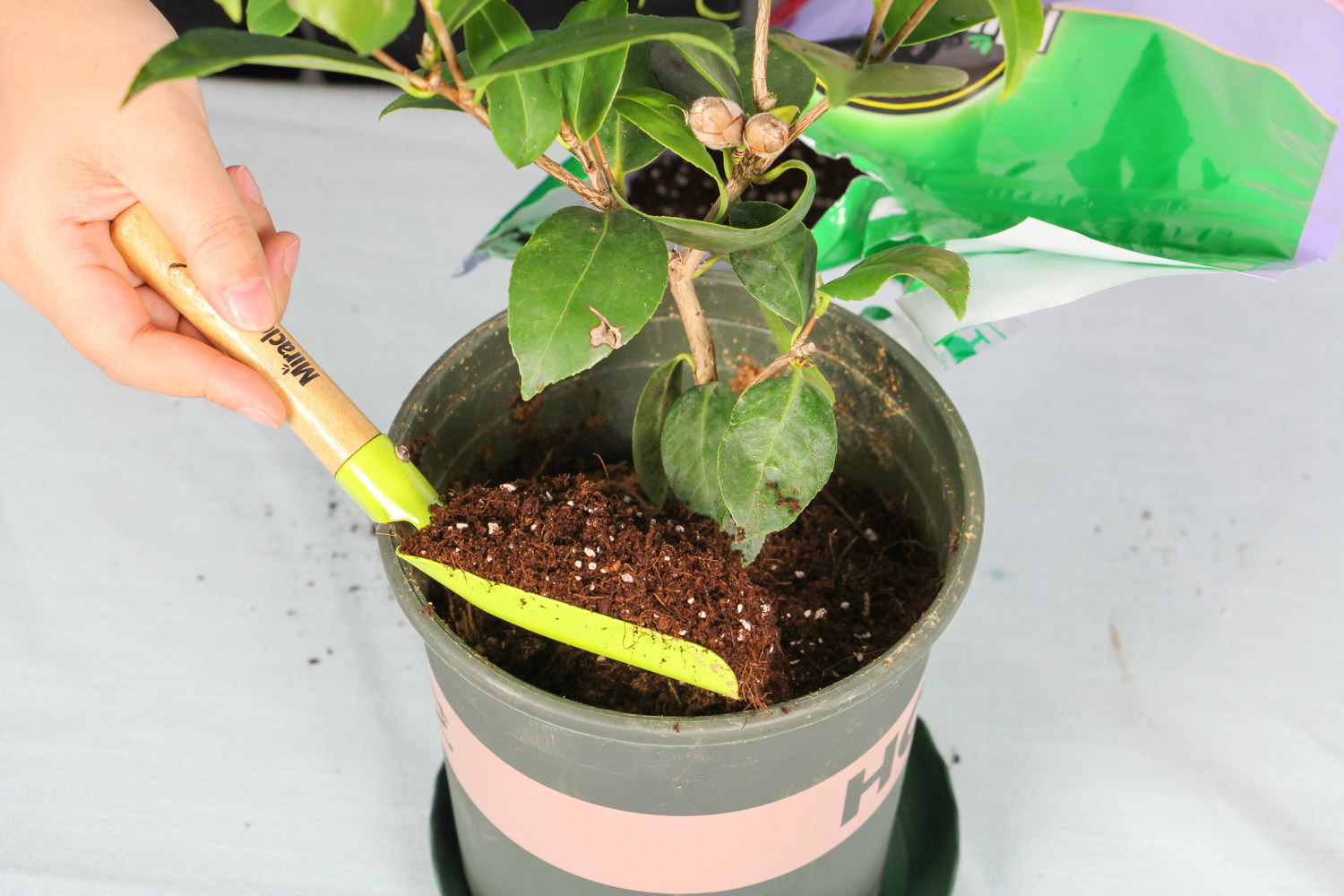1. Soil
Basin soil is important for the growth and of Camellia, so it needs to be careful when selecting soil. Usually, it is mainly the soil with high humus and slightly acidic, so as to meet its demand for soil
2. Temperature
Camellia is afraid of high temperature and low temperature, so the temperature is best between 18 and 25 degrees. If the temperature is too high or too low, it will affect its growth. Especially in winter, it should be moved back to the room for maintenance. When there is sun at noon, it can be moved to the balcony. In summer, we should prevent exposure to the sun and excessive temperature

3. Watering
Camellia likes wet places very much, so water is very important to it, but make sure that it is watered appropriately, not too dry or too wet, otherwise it will affect the growth of roots. If it needs more water in summer, it can be prevented from freezing once. If it needs more water in summer, it can be prevented from freezing once
4. Fertilization
Camellia likes fertilizer, so the amount of fertilizer should be sufficient during maintenance, especially during the growth period. In addition to adding fertilizer conducive to growth, phosphorus fertilizer should also be added to promote its later flowers to be more colorful, but remember not to apply too much fertilizer, otherwise it will affect the growth of roots

5. Regular
Pruning is also very important in maintenance. When it has too many flower buds, it needs to be pruned regularly. Cut off the weak branches above and tidy up the flower buds, so as to promote it to better absorb nutrients
6. Diseases and insect pests
Camellia is easy to breed diseases and insect pests. The common one is black mold, which is very harmful to its plants. Therefore, it is necessary to spray some drugs on Camellia during the period when it is prone to diseases and insect pests to prevent the invasion of diseases and insect pests, so as to facilitate its better growth

 jackfruit
jackfruit snake plant
snake plant hibiscus
hibiscus hydrangea
hydrangea lavender
lavender Green roses climb al...
Green roses climb al... If you don't pay att...
If you don't pay att... Management of four g...
Management of four g...

































